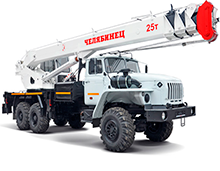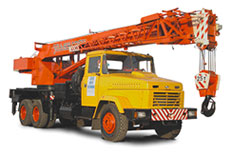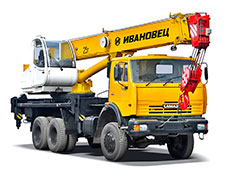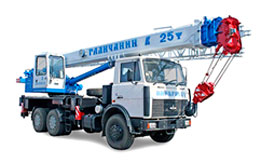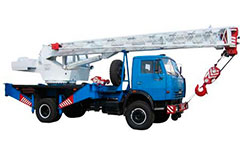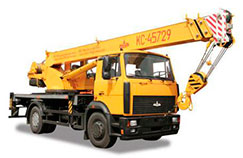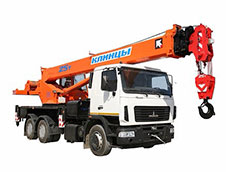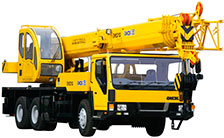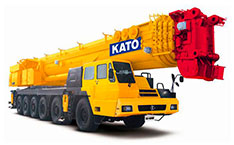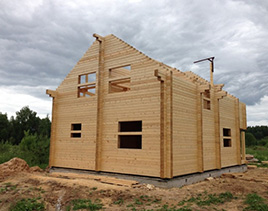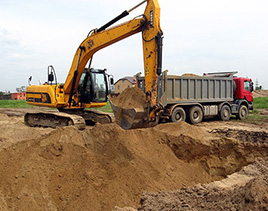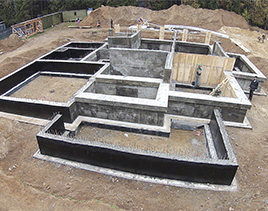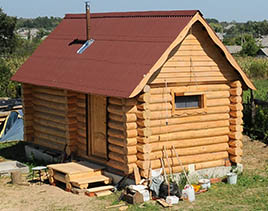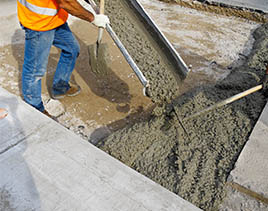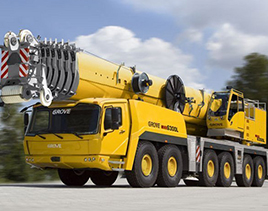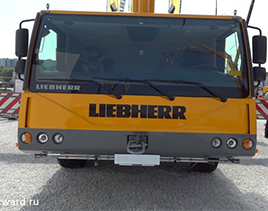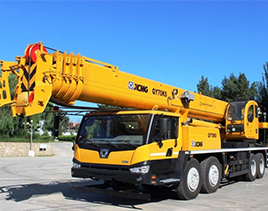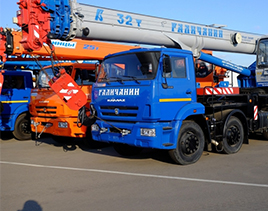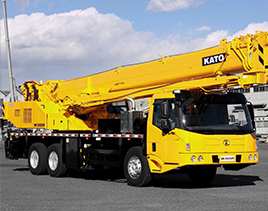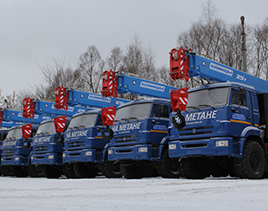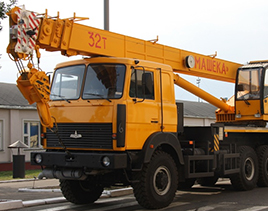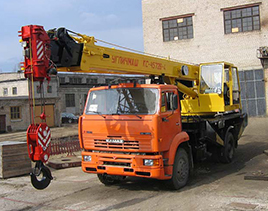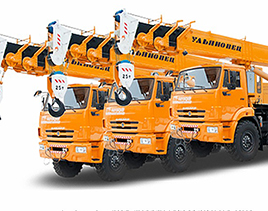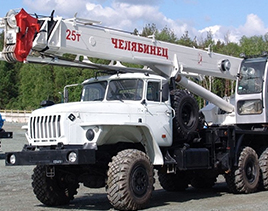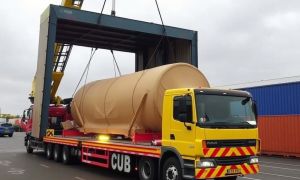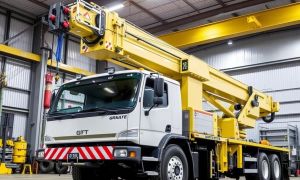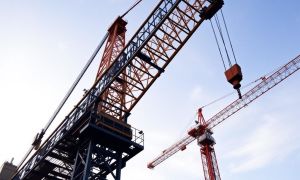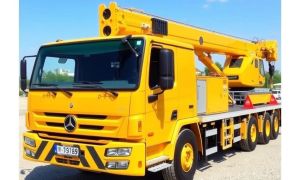The crane sector, a crucial part of construction, shipping, and heavy industry, has traditionally been associated with manual labor and mechanical expertise. However, in recent years, technology has begun to transform this field in fascinating ways. From automation to digital monitoring, technological innovation is not only making crane operations safer and more efficient but is also creating a host of new, exciting job opportunities. This shift is redefining the skills required and opening doors to careers that were unheard of just a decade ago. In this article, we’ll explore how technology is creating new jobs in the crane sector, what those jobs look like, and why this evolution is great news for workers and companies alike.
The Traditional Crane Sector: Skills and Job Roles
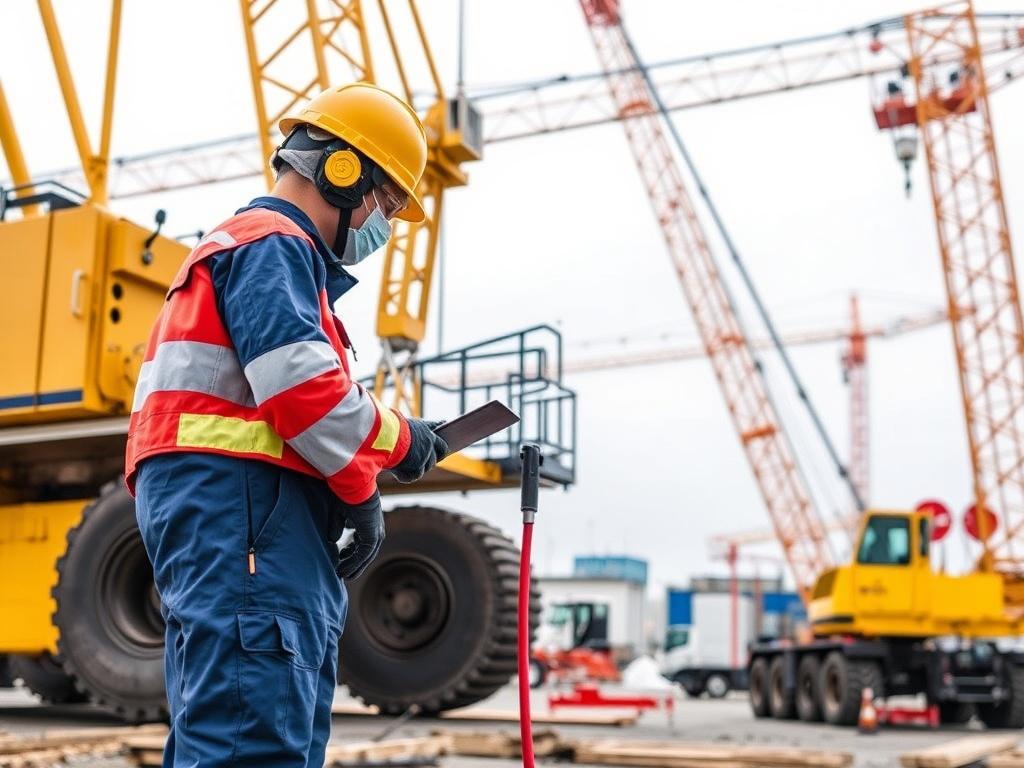
Before diving into the technological revolution, it’s important to understand the baseline from which the crane sector is evolving. Historically, crane operation has been a highly skilled trade involving manual controls, physical strength, and hands-on problem-solving. Crane operators, riggers, signalers, and mechanics formed the backbone of the workforce. Most roles required significant experience, steady hands, and an understanding of mechanical systems.
Crane operators were responsible for maneuvering the cranes to lift heavy loads safely. Rigging crews ensured that loads were properly attached and balanced. Mechanics maintained the mechanical health of the cranes, often troubleshooting complex issues under stressful conditions. These jobs were crucial but often physically demanding and required long hours outdoors in varying weather conditions.
The emergence of technology has changed the scene considerably, providing tools that do not eliminate jobs but rather redefine and improve them, creating new roles and career paths.
How Technology Is Transforming Crane Operations
Technology’s influence on the crane sector comes in many forms—automation, digital controls, remote operation, sensor integration, and software for planning and maintenance. Let’s explore the key technological advances shaping the sector today.
Automation and Remote Control
One of the biggest changes is the introduction of automated and remote-controlled cranes. Automation can handle repetitive tasks such as lifting standard loads with precision. Remote control allows operators to manage cranes from a safe distance, reducing the risk of accidents, particularly in hazardous environments such as ports or high-altitude construction sites.
This technology requires operators to develop new skills, including remote piloting and monitoring software systems. Rather than physically climbing into a cab, today’s operators may be in a control room, using joysticks, sensors, and cameras to maneuver loads.
Sensor Technology and Predictive Maintenance
Crane operators and maintenance staff now rely heavily on sensor technology capable of monitoring real-time data on crane performance and wear-and-tear. Sensors track load weight, wind speed, hydraulic pressure, and other critical factors. This data fuels predictive maintenance schedules, meaning mechanics can address issues before breakdowns occur, dramatically improving safety and reducing downtime.
Software and Data Analytics
Modern crane projects involve complex logistics. Software tools aid in planning lifts, simulating crane operations, and managing schedules. Data analytics provide insights that help companies optimize performance and safety, enhancing decision-making.
These programs often demand specialized knowledge in engineering software, data interpretation, and logistical planning, thus expanding the skill sets required in the sector.
New Jobs Created by Technology in the Crane Sector
Technology is generating an entire ecosystem of new jobs that didn’t exist a few years ago. These roles require a blend of technical knowledge, analytical skills, and hands-on experience.
Remote Crane Operator
The remote crane operator manages crane functions from a control room using digital interfaces and remote controls. This role requires excellent hand-eye coordination, situational awareness through video feeds, and technical proficiency in operating sophisticated control systems. Unlike traditional operators, remote operators work in safer, climate-controlled environments but face challenges in relying on multiple video feeds and sensors.
Crane Automation Technician
Automation technicians install, maintain, and repair automated systems in cranes. They work with robotics, sensors, and software to ensure smooth operation. Their job demands knowledge in robotics, mechanical systems, and software troubleshooting. This role is crucial in integrating new technology efficiently with existing infrastructure.
Data Analyst and Systems Engineer
As cranes become connected devices within the Internet of Things (IoT), data becomes invaluable. Data analysts and systems engineers gather, process, and interpret operational data to optimize efficiency, predict maintenance, and improve safety protocols. They collaborate closely with project managers and engineers to design smarter workflows.
Safety and Compliance Specialist
Technology helps elevate safety standards, but it also introduces new regulations and compliance requirements. Specialists in this area ensure that crane operations meet legal safety standards and that new technological systems are used responsibly. They conduct training and audits to guarantee adherence to evolving safety protocols.
Training Simulator Instructor
With remote and automated cranes, training methods have evolved as well. Simulator instructors use virtual reality and computer-based simulators to train operators, exposing them to complex scenarios without risking safety on actual job sites. This new demand highlights the educational side of technological integration.
Skills and Education in the New Crane Sector Jobs
Adapting to technological advances requires workers to acquire new skills or upgrade existing ones. The shift is moving from purely mechanical aptitude toward digital literacy and data analysis.
Technical and Digital Competencies
Understanding software interfaces, operating remote control systems, and interpreting sensor data are becoming necessary competencies. Workers may need training in programming, diagnostics software, or even basic coding. Familiarity with IoT concepts enhances one’s ability to manage networked crane systems.
Soft Skills
Problem-solving remains vital. Adaptability is crucial as crane technology continues evolving rapidly. Communication and collaboration skills are necessary, especially when technology roles work closely with traditional workers and safety personnel.
Educational Programs and Certifications
Many educational institutions and industry groups now offer certifications in crane operation with new technology modules, automation maintenance, and data analysis. Companies are investing in in-house training programs and partnerships with technical schools, emphasizing lifelong learning.
The Impact of Technology on Workforce Dynamics
Technology doesn’t just change jobs; it transforms the workforce composition and culture. As new jobs appear, some traditional roles may become less in demand, leading to a shift in hiring practices and workforce planning.
Bridging the Generation Gap
Introducing digital tools can sometimes pose challenges between veteran workers and younger employees comfortable with technology. Successful companies foster mentoring programs that blend the experience of older workers with the digital fluency of younger recruits.
Promoting Inclusivity and Safety
Some roles in crane operations were previously restricted due to physical demands. Automation and remote operation open up possibilities for a more diverse workforce, including individuals who might not have been able to perform physically demanding tasks.
Job Growth and Economic Impacts
The crane sector’s technological expansion stimulates economic growth by increasing project efficiency and safety. This progress attracts investment and expands infrastructure projects, which in turn boosts demand for knowledgeable professionals in tech-driven roles.
Challenges and Considerations
While technology brings opportunities, it also presents challenges organizations and workers must navigate carefully.
Technology Adoption Costs
Implementing advanced technologies often requires significant capital investment. Smaller firms may struggle to keep up, potentially widening gaps in competitiveness.
Training and Skill Development
Reskilling existing employees and recruiting for new tech-oriented positions involves time and expense. Fostering a culture of continuous learning is essential but can be difficult to maintain consistently.
Job Displacement Concerns
Automation can lead to concerns about job losses among workers who fear their roles becoming obsolete. Transparent communication and retraining programs are key to managing these fears effectively.
Cybersecurity Risks
As cranes and related infrastructure become connected and reliant on software, cybersecurity becomes critical. Protecting crane operations from hacking and digital interference is a growing priority, creating new specialized roles in security.
Looking Ahead: The Future of Jobs in the Crane Sector
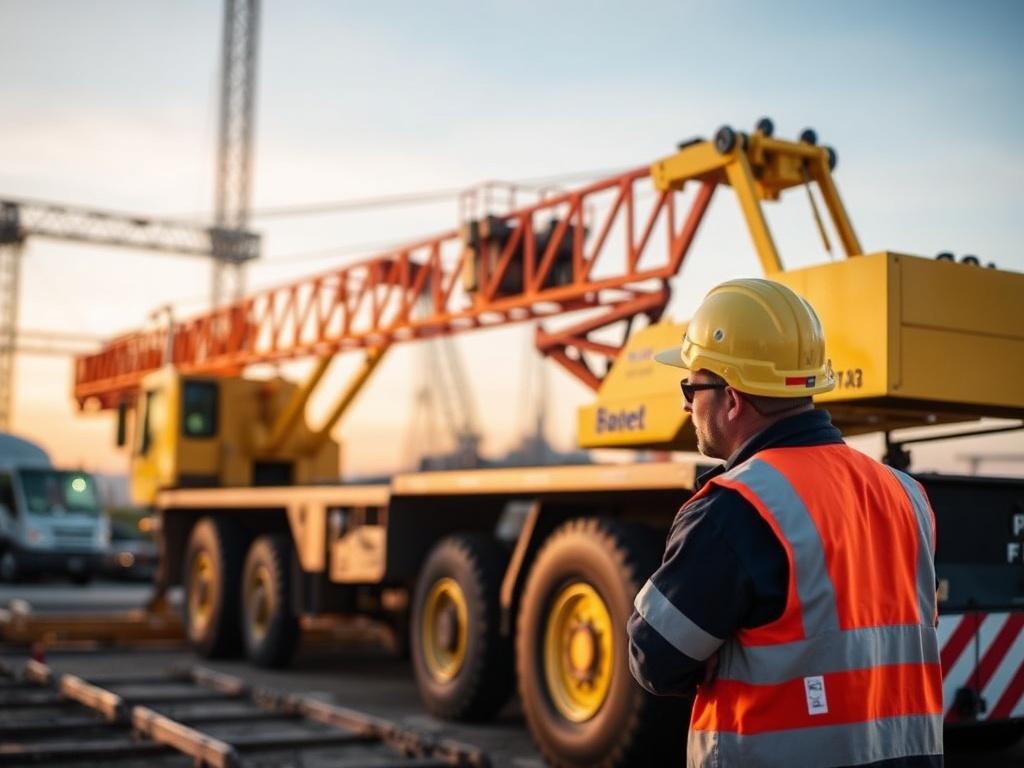
The pace of technological change shows no sign of slowing. We can expect the crane sector to continue evolving, further blending manual skills with digital expertise. Emerging technologies like artificial intelligence (AI), machine learning, and augmented reality (AR) promise to deepen this transformation.
Artificial Intelligence and Machine Learning
AI-powered systems can enhance crane navigation, optimize load handling, and even predict equipment failures with greater precision. This will increase the demand for AI specialists and operators trained to collaborate with intelligent systems.
Augmented Reality and Virtual Reality
These technologies will revolutionize training, maintenance, and real-time operation by overlaying digital information on physical environments. AR and VR specialists will be key to designing such systems.
Sustainability and Green Technology
Environmental concerns are pushing the sector toward greener practices. Technology will play a role in reducing emissions and energy use, creating jobs related to sustainability consulting, renewable energy integration, and green certifications for crane operations.
| New Job Role | Key Responsibilities | Required Skills | Typical Educational Background |
|---|---|---|---|
| Remote Crane Operator | Operate cranes via remote controls, monitor cameras and sensors | Hand-eye coordination, digital controls, safety protocols | Certification in crane operation plus training in remote systems |
| Crane Automation Technician | Install and maintain robotic and automated systems on cranes | Robotics, mechanical maintenance, troubleshooting software | Technical diploma or degree in robotics/mechatronics |
| Data Analyst / Systems Engineer | Analyze operational data, optimize crane performance using software | Data analysis, engineering software, logistics knowledge | Degree in engineering, IT, or data science |
| Safety and Compliance Specialist | Ensure regulatory compliance and safety with new tech implementations | Regulatory knowledge, training skills, risk assessment | Experience in occupational safety, certifications as required |
| Training Simulator Instructor | Operate simulation software, train operators in virtual environments | Instructional skills, familiarity with VR/AR platforms | Background in education or technical training |
Strategies for Workers to Prepare for New Careers in the Crane Sector
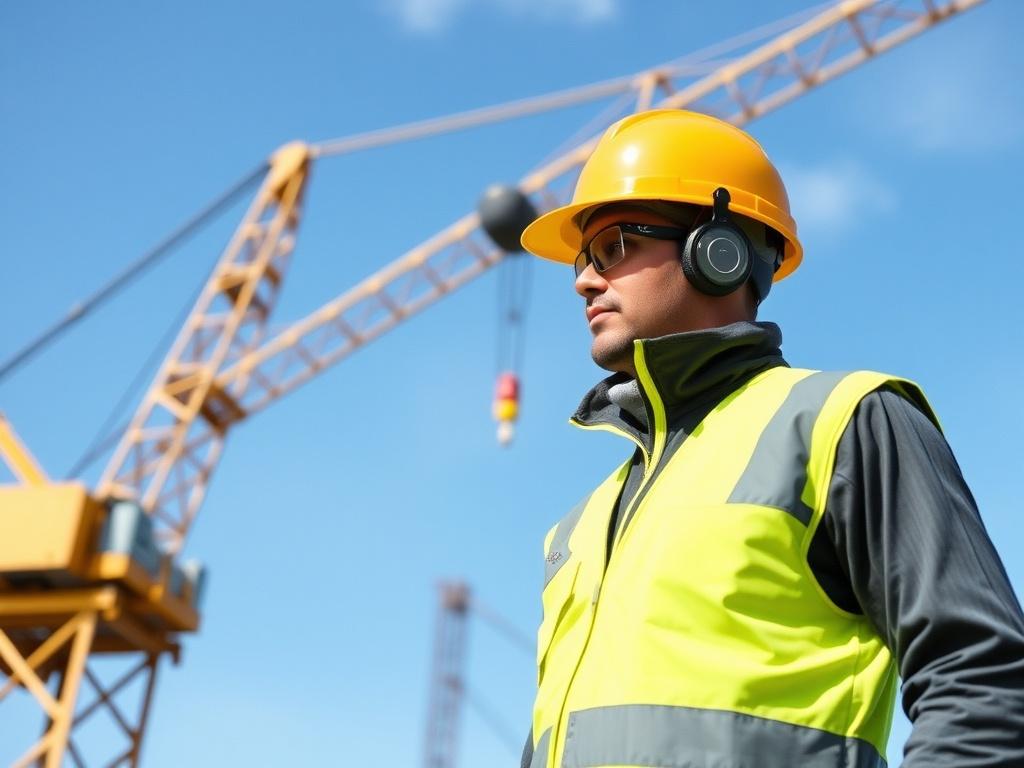
If you’re working in the crane sector or considering a career in it, preparing for these changes is essential. Here are some strategies to ensure you’re ready for the future:
- Embrace Continuous Learning: Pursue certifications and courses related to automation, digital controls, and data analysis.
- Gain Familiarity with Software: Learn the basic operation of crane management software and diagnostic tools.
- Develop Soft Skills: Focus on problem-solving, adaptability, and communication to work effectively with tech-enabled teams.
- Network with Industry Professionals: Join forums, attend workshops, and connect with professionals to stay updated on tech trends.
- Explore Internships or Apprenticeships: Hands-on experience with new technology trumps theory and can open doors to new roles.
How Companies Can Support Workforce Transition
Employers play a vital role in smoothing the transition toward tech-driven jobs by:
- Investing in employee training programs tailored to new technologies.
- Developing clear career paths that integrate new skill sets.
- Encouraging a culture of innovation and learning.
- Communicating transparently about how technology changes job roles.
- Partnering with educational institutions to prepare future workers.
Conclusion
Technology is undoubtedly reshaping the crane sector by creating exciting new jobs and evolving traditional roles. This transformation is characterized not by job destruction but by job creation that demands a fresh mix of skills—combining mechanical knowledge with digital proficiency, data analysis, and safety management. Workers who commit to learning and adapting will find numerous opportunities in this dynamic field, while companies that invest in training and innovation will lead the way towards safer, more efficient, and more sustainable crane operations. The crane sector’s future is bright, driven by technology and the talented professionals ready to embrace it. Whether you are a seasoned crane operator or someone considering a new career, the age of tech-enhanced cranes offers a compelling and promising horizon.

